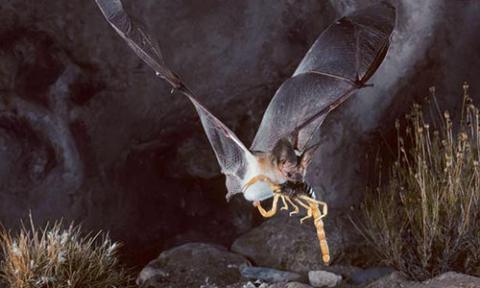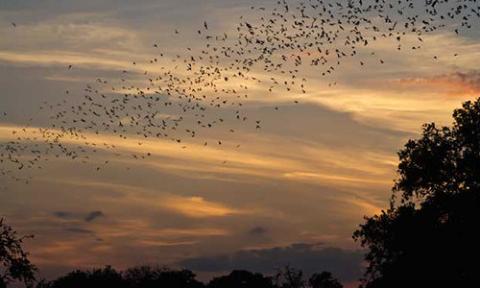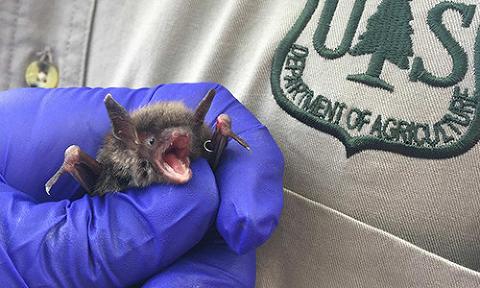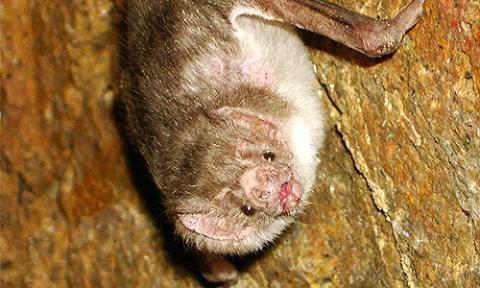 |
Canku Ota
|
 |
|
(Many Paths)
|
||
|
An Online Newsletter
Celebrating Native America
|
||
|
November 2015 - Volume
13 Number 11
|
||
|
|
||
|
Top Five Bat-Facts
We Bet You Didn't Know
|
||
|
by The Nature Conservancy
|
||
|
Halloween is right around the corner, and that means that it's finally time for bats to be in the spotlight (outside of Gotham City). There's a lot to love about these diverse, echolocating, occasionally-blood-drinking creatures -- and even more to learn. Check out the top five facts about bats they didn't teach you in school.
|
||||||||||||||||||||||||
|
|
||
|
|
||
| Canku Ota is a free Newsletter celebrating Native America, its traditions and accomplishments . We do not provide subscriber or visitor names to anyone. Some articles presented in Canku Ota may contain copyright material. We have received appropriate permissions for republishing any articles. Material appearing here is distributed without profit or monetary gain to those who have expressed an interest. This is in accordance with Title 17 U.S.C. Section 107. | ||
|
Canku Ota is a copyright ©
2000 - 2015 of Vicki Williams Barry and Paul Barry.
|
||
 |
 |
|
|
The "Canku
Ota - A Newsletter Celebrating Native America" web site and
its design is the
|
||
|
Copyright ©
1999 - 2015 of Paul C. Barry.
|
||
|
All Rights Reserved.
|
||




